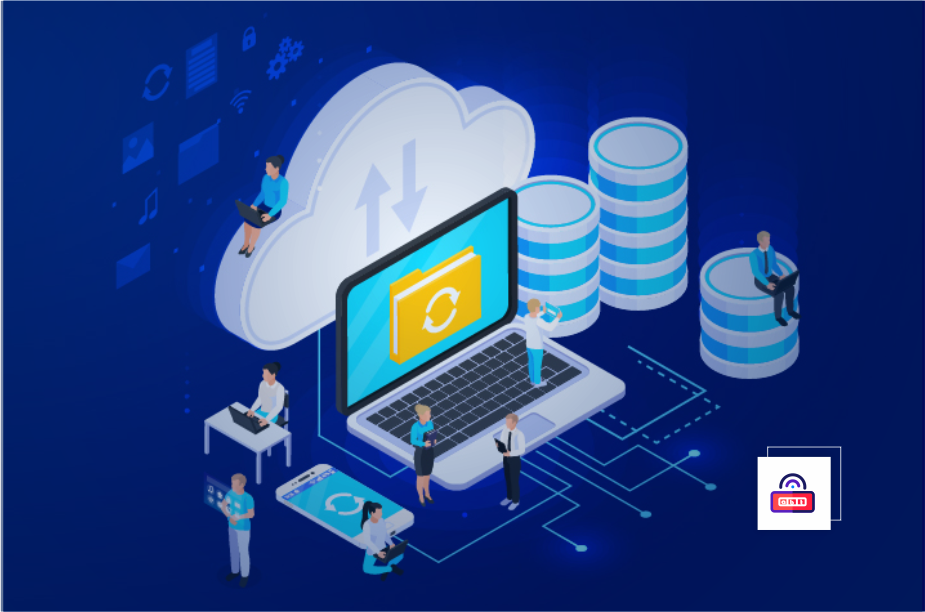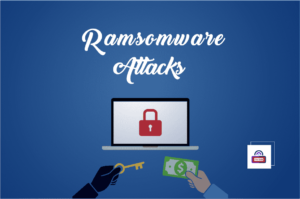Most of the dangers that face App Migration to the Cloud are programs running on premises still apply to those running in the cloud. No matter where it happens, a data breach is a data breach. However, there are other assaults that are more destructive and impactful in this context due to the special features of the public cloud.
Understanding how these attack vectors can specifically affect public cloud settings is essential if you want to put mitigation measures in place to thwart them. The top four cybersecurity dangers to cloud-based applications are listed below:
Forging requests on the server (SSRF)
Let’s start with the first attack method, Server-Side Request Forgery (SSRF). A well-known and established assault is SSRF. It was not included in the OWASP Top 10 and remained in the background of application security for many years.
This strike is far more harmful in the cloud, though. Attackers can send requests to resources located behind a web application’s back-end server using SSRF techniques. SSRF attacks are frequently used by attackers to hit internal systems that are protected by firewalls and inaccessible from the outside network.

Since on-premise systems are usually independent and do not exchange access credentials with other servers, the harm that such an attack can cause in a typical on-premise setup is constrained.
In a typical cloud environment, workloads and resources frequently interact with one another via system calls and APIs while sharing the same rights. Therefore, it becomes much more potent if you can exploit those credentials to your advantage, exactly like an SSRF attack does, because you can do much more with them.
API Security Flaws
No matter where you are—on premises or in the cloud—API vulnerabilities are relevant, but because cloud apps heavily rely on APIs, they again become a much more formidable attack vector.
In 2021, 84% of firms will suffer API assaults, according to data from Radware’s The State of Web Application and API Protection research, which shows that 55% of organizations prioritize API security.
Cryptomining
Although cryptomining can happen everywhere, it is particularly effective in the public cloud due to how simple it is to spin up largescale instances and how the user bears the expense. Without having to invest any money or effort on processing power, the attacker simply collects the bitcoin.
From the attacker’s perspective, it is a simpler method of earning money because it does not entail searching for data to sell on the darknet, but rather takes advantage of the victim’s computational power. This is a significant issue for many enterprises and a big cause of worry for setups using public cloud services.
Outrageous Permissions
Regardless of the context, permission and access control is a crucial concern for IT security, but the cloud makes it even more problematic. More often than not, the move to the cloud is motivated by the need for greater flexibility and agility.
With the help of the cloud, it is relatively simple to deploy new code, fire up new resources, and quicken development cycles.
The issue is that cloud administrators grant rights and permissions that are not required for company operations. They do this out of a desire to ensure that everyone has what they need to take care of business without getting in the way, but in the process they open a significant security hole because if those permissions were to ever fall into the wrong hands, they could wreak a great deal of harm.
Conclusion
App Migration to the Cloud (Cloud migration) is the process of transferring all or a portion of a company’s digital assets, services, databases, IT resources, and apps to the cloud. Moving to a different cloud is another aspect of cloud migration.
Businesses that want to experience the advantages of cloud computing are now turning to the cloud in order to get rid of outmoded and progressively less effective legacy infrastructures, such as aging servers or potentially unreliable firewall appliances, or to get rid of hardware or software solutions that are no longer performing at their best. This is the reason why so many businesses are moving in some capacity to the cloud.

We are aware that moving to the cloud is essential to obtaining updated and real-time performance. As a result, rigorous planning, research, and execution are necessary throughout the process to guarantee that the cloud solution meets your company’s needs.
It’s crucial to realize that your cloud migration strategy shouldn’t just focus on getting there; it should also include what you do after you’re there.
What are your alternatives, for instance, for redesigning apps so they function efficiently in the cloud? Companies are asking themselves what application modernization is as a result of the cloud migration process.
Businesses of all sizes need help when embarking on their cloud journeys because there are numerous questions that need to be resolved along the road.
As a result, many services companies can convincingly argue that they offer lift-and-shift cloud migration capabilities or traditional modernization services like conventional re-platforming and automatic language translation.
Source: Radware Blog




